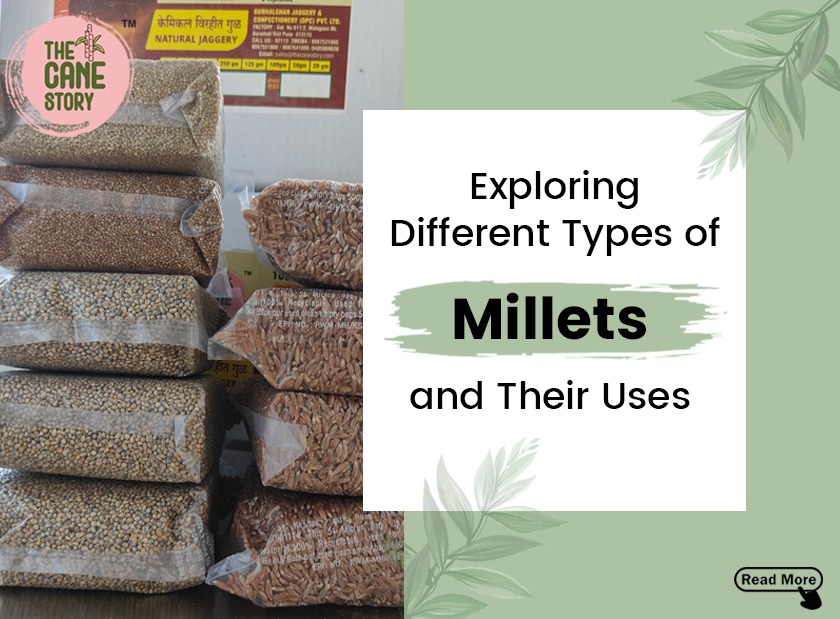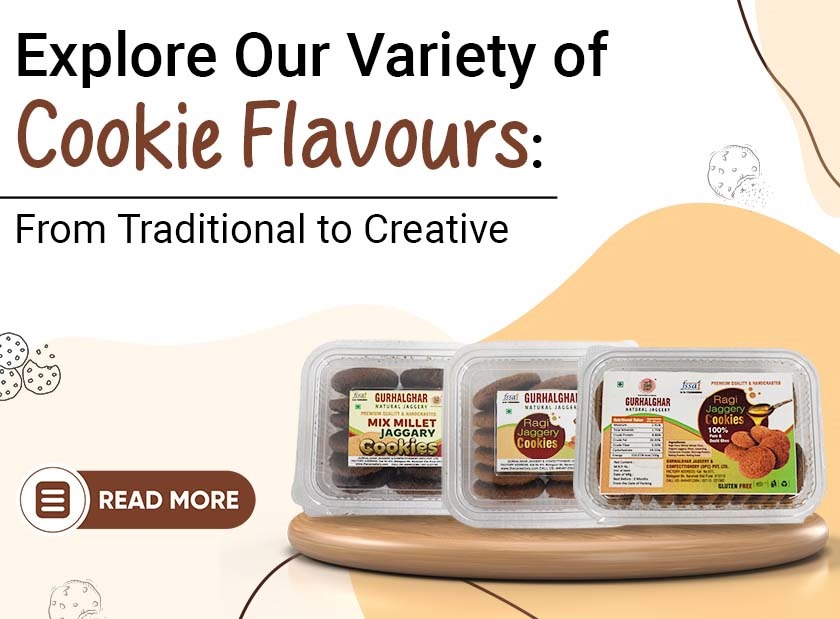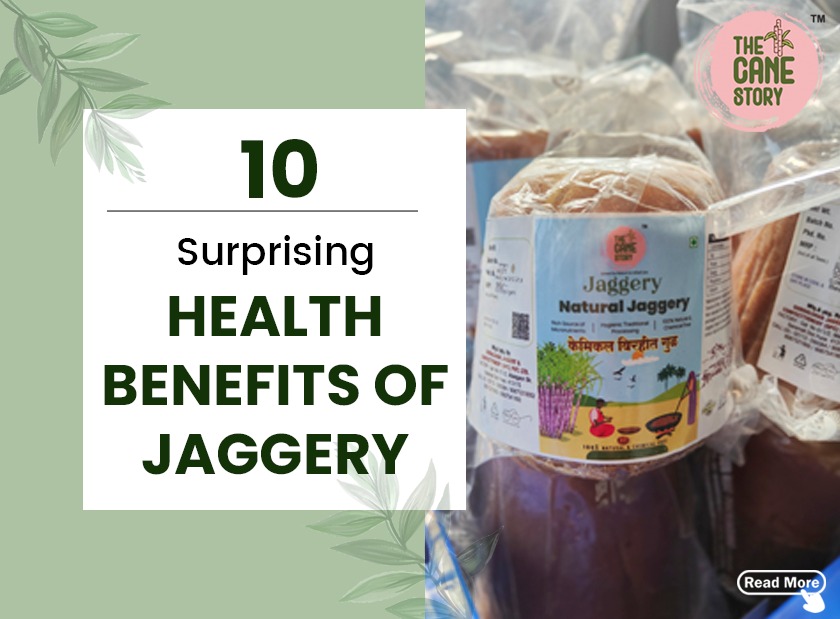Exploring Different Types of Millets and Their Uses

Known as the "forgotten grains," millets have seen a resurgence in popularity recently. This is because of their remarkable nutritional profile and array of applications. Not only are these ancient grains nutrient-dense, but their low water and resource requirements make them environmentally benign as well. In this blog, we will dive into the rich world of millets looking at their different varieties and the endless ways we may include them in our diets.
Foxtail Millet (Thinai)
This well-liked type is renowned for its subtle flavor and adaptability. It has high levels of fiber, protein, and important minerals including magnesium and iron. You can use foxtail millet to make salads and pilafs instead of rice, as well as porridge, upma, and dosas.
Pearl Millet (Bajra)
A common grain in many regions of Africa and India is pearl millet. Packed with protein, fiber, and antioxidants, it is incredibly nutrient-dense. It's customary to create rotis, bhakris, and porridge with pearl millet flour. Additionally, it's utilized in the making of traditional drinks like bajra kanji.
Finger Millet (Ragi)
The nutritious value of finger millet, commonly called ragi, is well known. It is a great option for vegetarians and vegans because of its abundance of calcium, iron, and amino acids. Dosa, idli, roti, porridge, and even desserts like ragi malt or ragi cookies can all be made with ragi flour.
Little Millet (Samai)
The use of little millet as a gluten-free substitute for wheat and rice is growing in favor. It has a lot of protein, fiber, and important minerals like iron and potassium. Little millet can be substituted for rice in a variety of recipes, such as pulao, khichdi, Pongal and sushi.
Barnyard Millet (Kuthiraivali)
This nutrient-dense grain is low on the glycemic index, thus diabetics can benefit from it. It has a lot of protein, fiber, and antioxidants. Barnyard millet can be substituted for rice in biryanis and risottos, as well as utilized to produce upma, khichdi, idli, and dosas.
Kodo Millet (Varagu)
Another nutrient-dense grain that is becoming more and more well-liked in health-conscious circles is kodo millet. It's high in fiber, protein, and vitamins, especially B vitamins. Kodo millet is a versatile grain that may be used in salads and pilafs instead of rice, as well as in porridge, upma, and dosas.
Conclusion
Millets are not only wholesome but also adaptable, providing an extensive array of culinary options. Millets are a great alternative if you want to enhance your nutritional intake, add diversity to your diet, or investigate sustainable food options.
The Cane Story, deeply rooted in tradition, offers chemical-free food items for a healthy lifestyle. Choose chemical-free millet grain from The Cane Story to harness the power of this tiny powerhouse for both your diet and well-being. More than simply a grain, it's a subliminal call to stimulate your senses and fill your body with an abundance of goodness.




